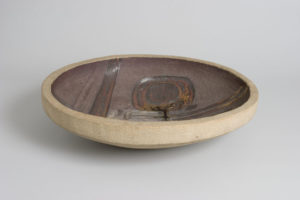22 July 2017 - 10 June 2018
Radical Clay
Teaching with the greatest potters of the 1960s
Work by world famous potters was used in Bristol’s classrooms fifty years ago. Run by Bristol Education Committee’s Schools Art Service, and later administered by Avon County Council, the aim was to inspire children’s creativity by showing them the very best in new ceramic work.
This exhibition shows the work of the radical potters collected by the Art Service. Their ground-breaking work in the late 1950s and early 1960s was creating a new language for ceramics. Alongside post-war optimism and as part of the anti-industrial, anti-consumer counter culture of the ‘60s there was new interest in craft and the handmade.
Encouraging children’s and young people’s creativity was seen as an important part of the strategy for post-war education. Is investing in children’s creativity by showing them the very best still something to aspire to?
Pioneering potters
The most striking thing about the Schools Art Service collection is the number of leading potters of the time represented. These include Bernard Leach and Michael Cardew, ground-breaking makers from the first generation of studio potters who began working in the 1920s and 30s. From the post-war period are examples by Lucy Rie and Hans Coper whose innovative ceramics have become timeless classics. The Service was also collecting work by contemporary makers, many women, who were developing more sculptural forms.
First generation studio potters
The first studio potters rejected standardised white factory-made tableware for a different aesthetic that for them was more true to the materials and processes of making. The very first pieces, of tableware, bought for the Service in 1951 were from the Leach Pottery at St. Ives. Bernard Leach set up the pottery in 1920. He is sometimes seen as the father of studio ceramics and had a powerful influence through his writing, lectures and ceramics for the next sixty years. Michael Cardew trained with Leach before setting up potteries at Winchcombe in Gloucestershire Cornwall and later working in Africa. Cardew and his work, which took inspiration from the ceramics of North Devon and Crete, was also an enormous force in shaping a generation of potters, many of whom he trained.
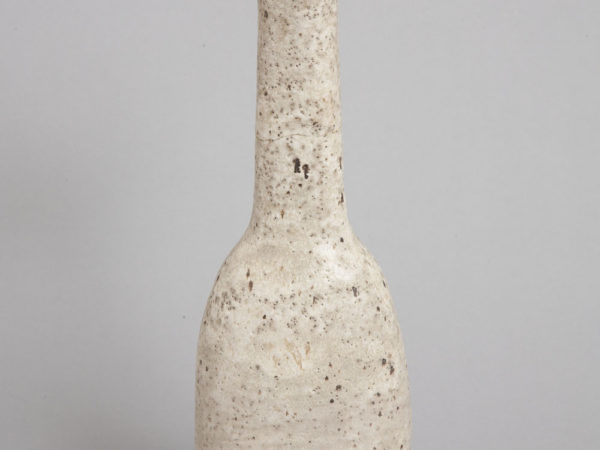
Vase by Lucy Rie, 1960

Vase by Hans Coper, 1966
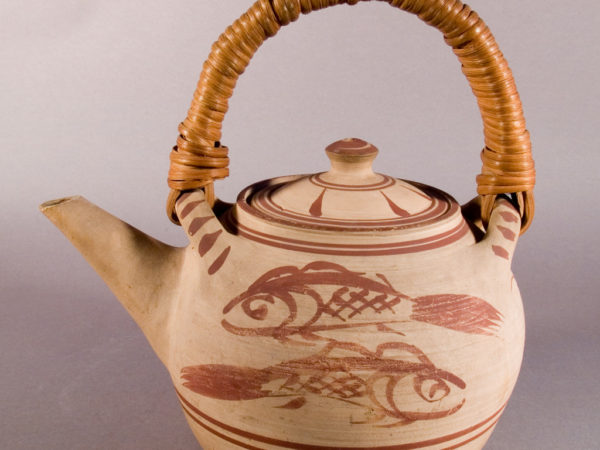
Teapot by Michael Cardew, about 1954
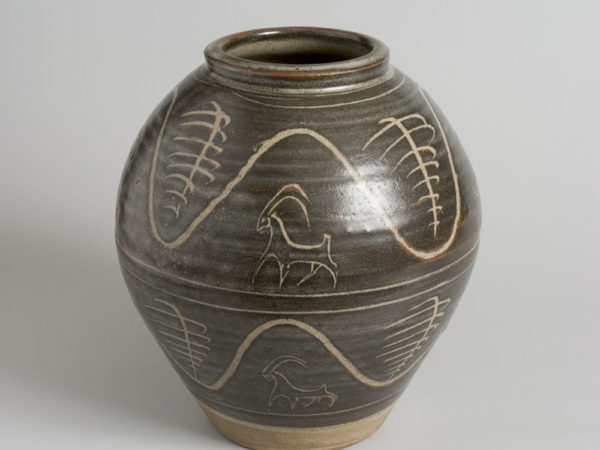
Vase by Bernard Leach, 1941-50
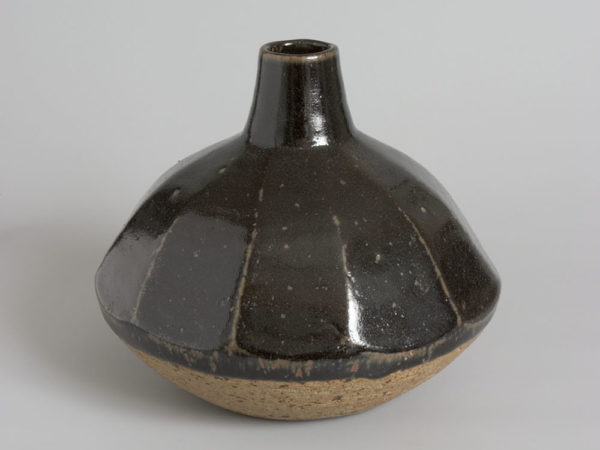
Jar by Janet Leach, 1959
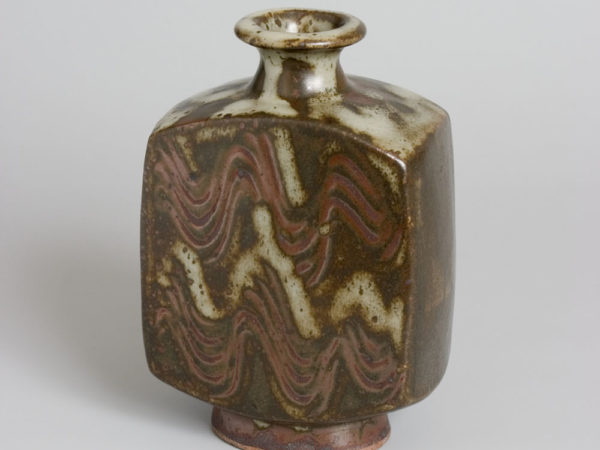
Bottle by Bernard Leach, about 1958
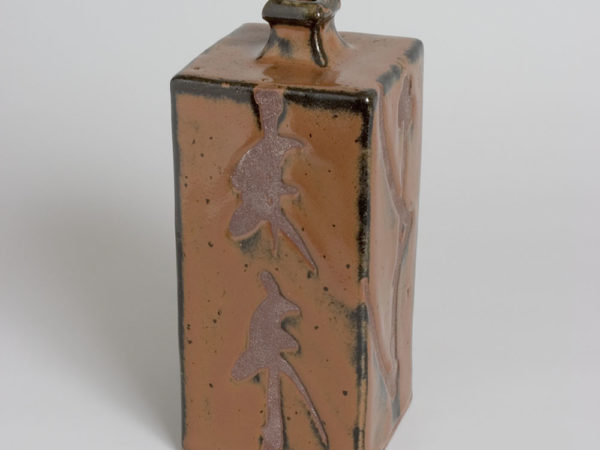
Jar by Shoji Hamada, about 1958
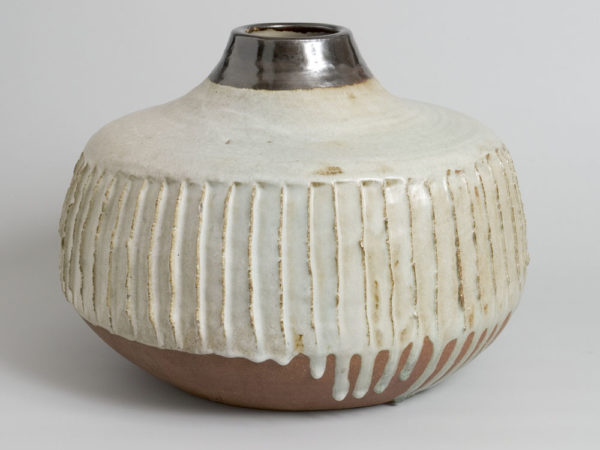
Large Jar, by Janet Leach, 1966
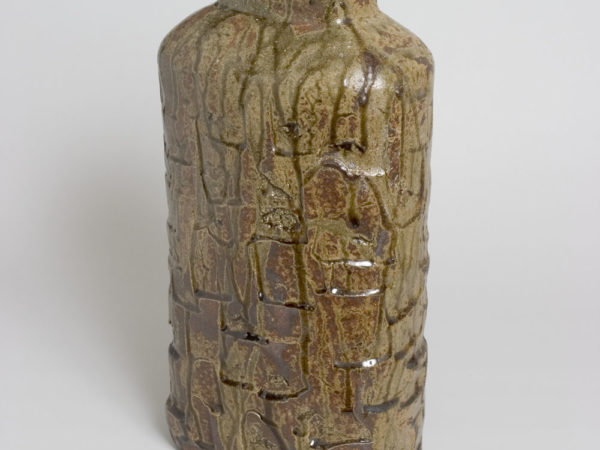
Jar by Janet Leach, 1969
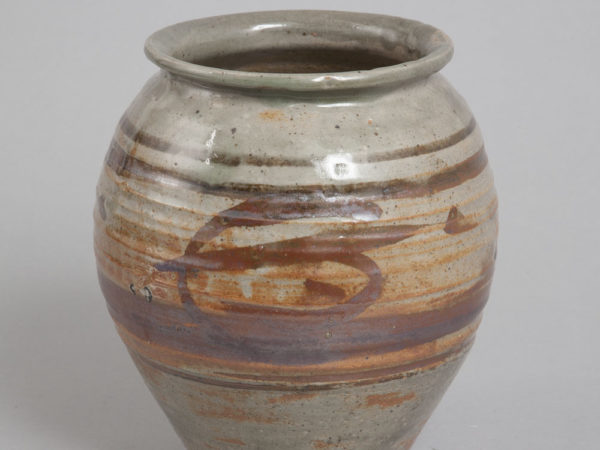
Vase by Katharine Pleydell-Bouverie, about 1955
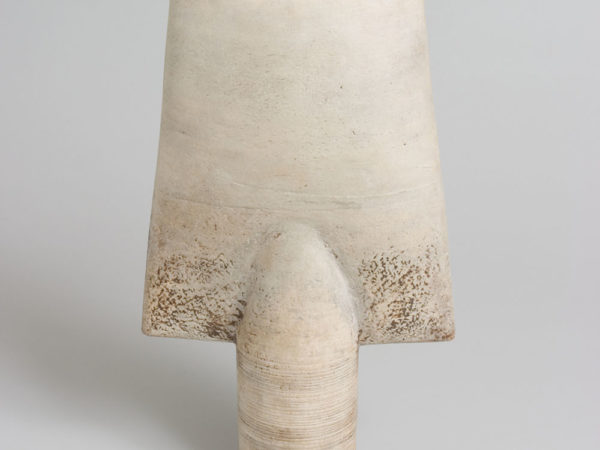
Vase by Hans Coper, 1970
Women making waves
There is a long tradition of women working as potters and women, such as Katharine Pleydell Bouverie, were associated with studio pottery from its beginnings in the 1920s.
Lucy Rie, one of the most important potters of the post-war period came to Britain as a refugee from Austria in 1938. Working in London with Hans Coper she developed her own distinct ‘metropolitan’ style, with a strong link to European contemporary design.
Ruth Duckworth and Gillian Lowndes came to prominence in the early 1960s. Both shaped new ways of thinking about clay, taking a sculptural approach. Duckworth was born in Germany and came to Britain as a refugee in 1936. Her monumental one-off hand-built pots owed little to anything that had gone before.
Ceramic historian Paul Rice, commenting on the collection in 2003, noted the work by Janet Leach, Ruth Duckworth and Gillian Lowndes as being of ‘national interest’ and often ‘exceptional quality’.
Local makers
The Schools Art Service had a strong connection with Bristol Technical School, now the University of the West of England. For a while they shared premises at Queen’s Road and later Bower Ashton. The School was important for ceramics, especially under the inspiring leadership of George Rainer, and many of the leading potters of the day worked as visiting lecturers, including Lucy Rie and Ruth Duckworth. The Service collected from them as well as some student examples from college shows. Former student John Ablitt recalls his work being acquired but not being paid. Local makers in the collection, many of whom had been students at the college, included Denny Long who recalls selling a raku chess set to the Schools Art Service based on Japanese ceramics.
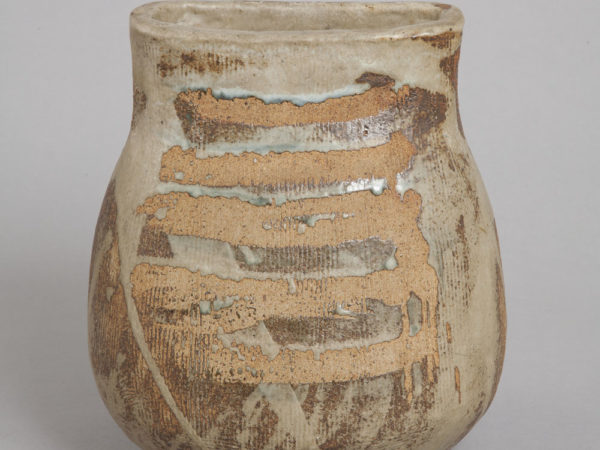
Pot by Colin Thornburn, 1963

Tall jar by John Dan, 1960

Jar by Peter Smith, 1981

Jar by Dan Arbeid, 1959
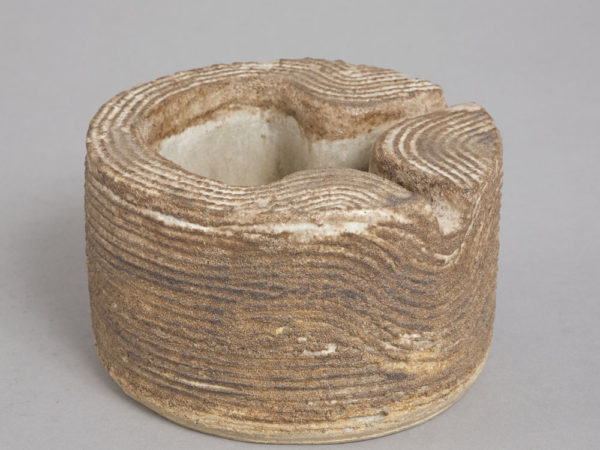
Pot by Gillian Lowndes, 1967
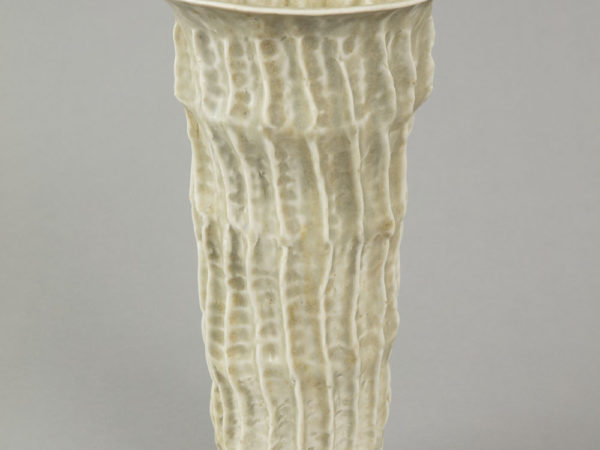
Vase by Gillian Lowndes, 1963
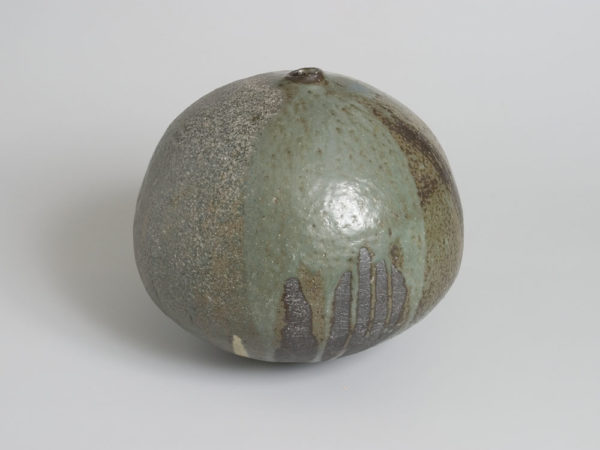
Pot by Ruth Duckworth, 1960
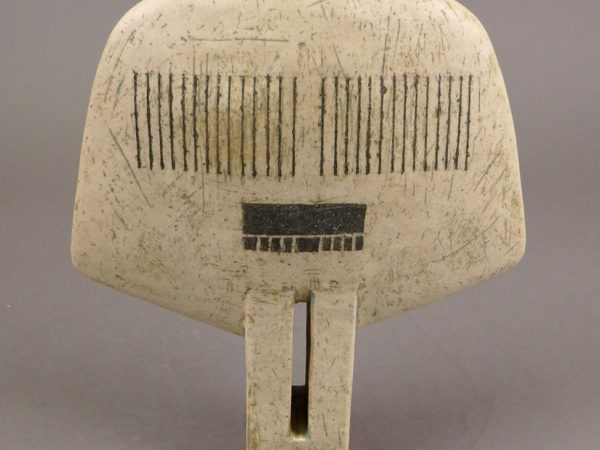
Sculptural form by George Rainer, 1981

Vase by Ruth Duckworth, about 1961
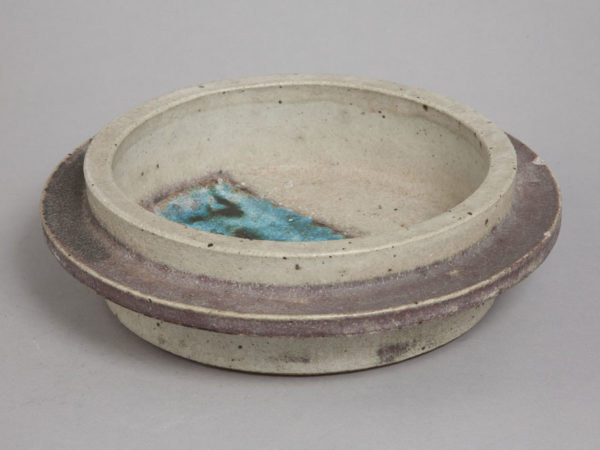
Dish by Robin Welch, 1967

Dish by Ruth Duckworth, 1950-60
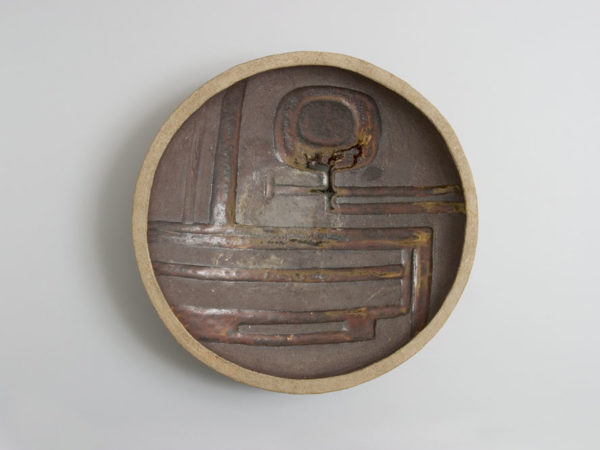
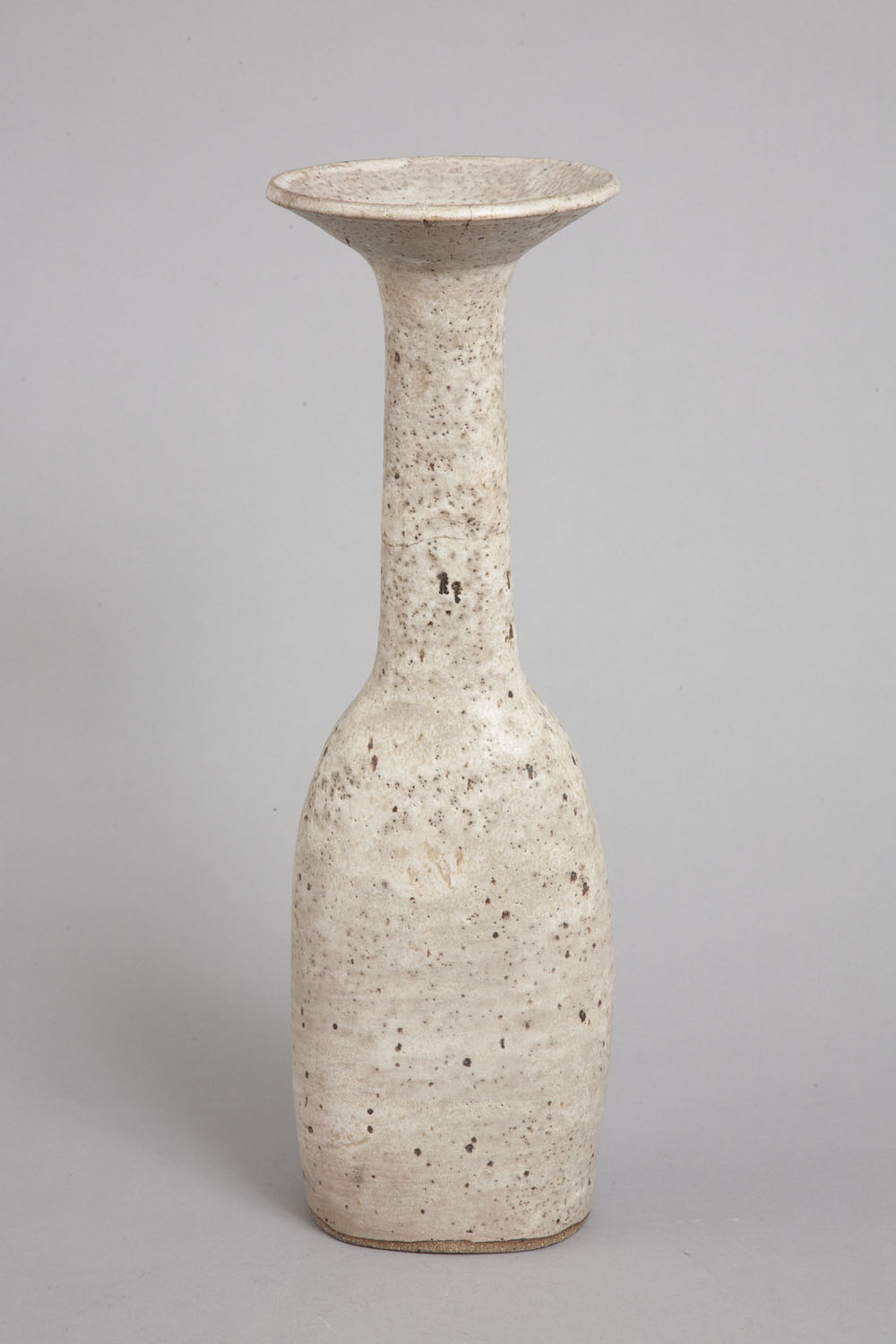
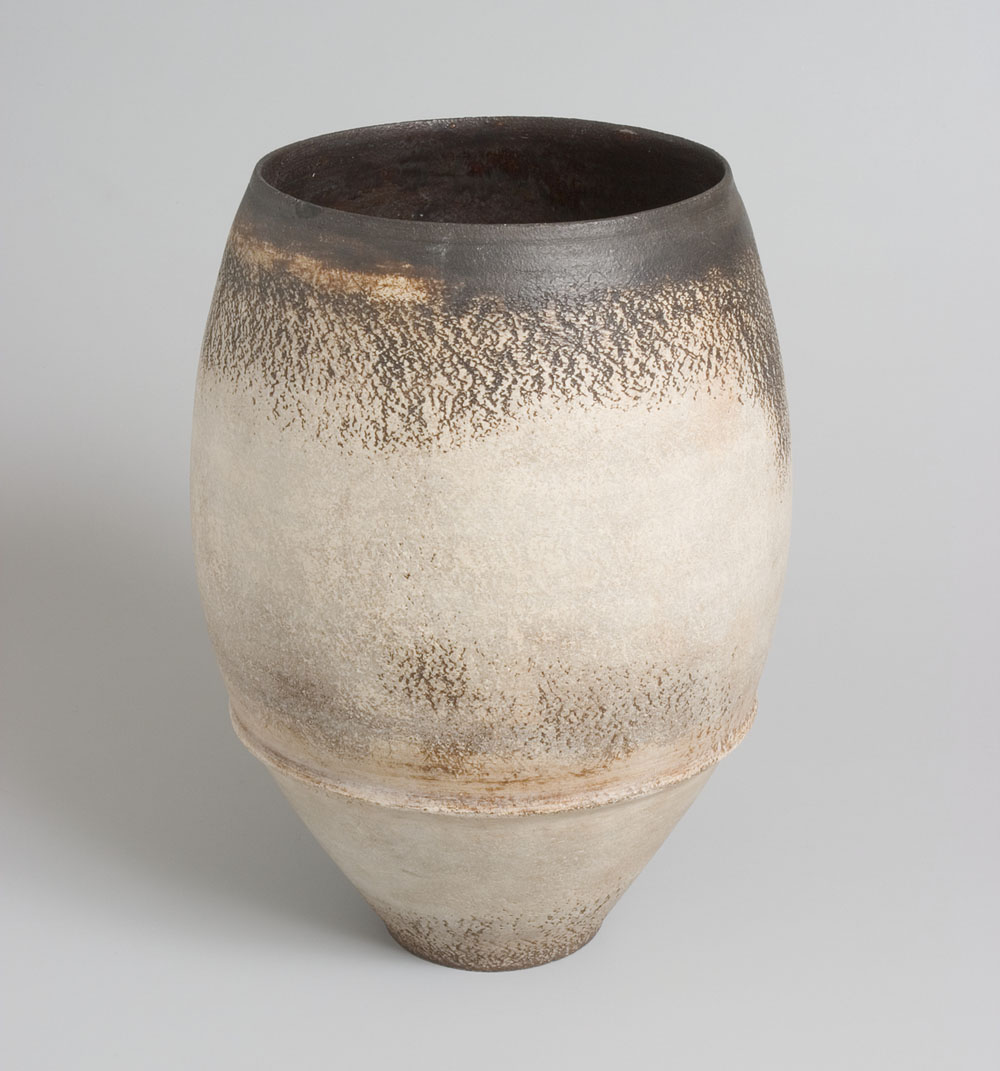
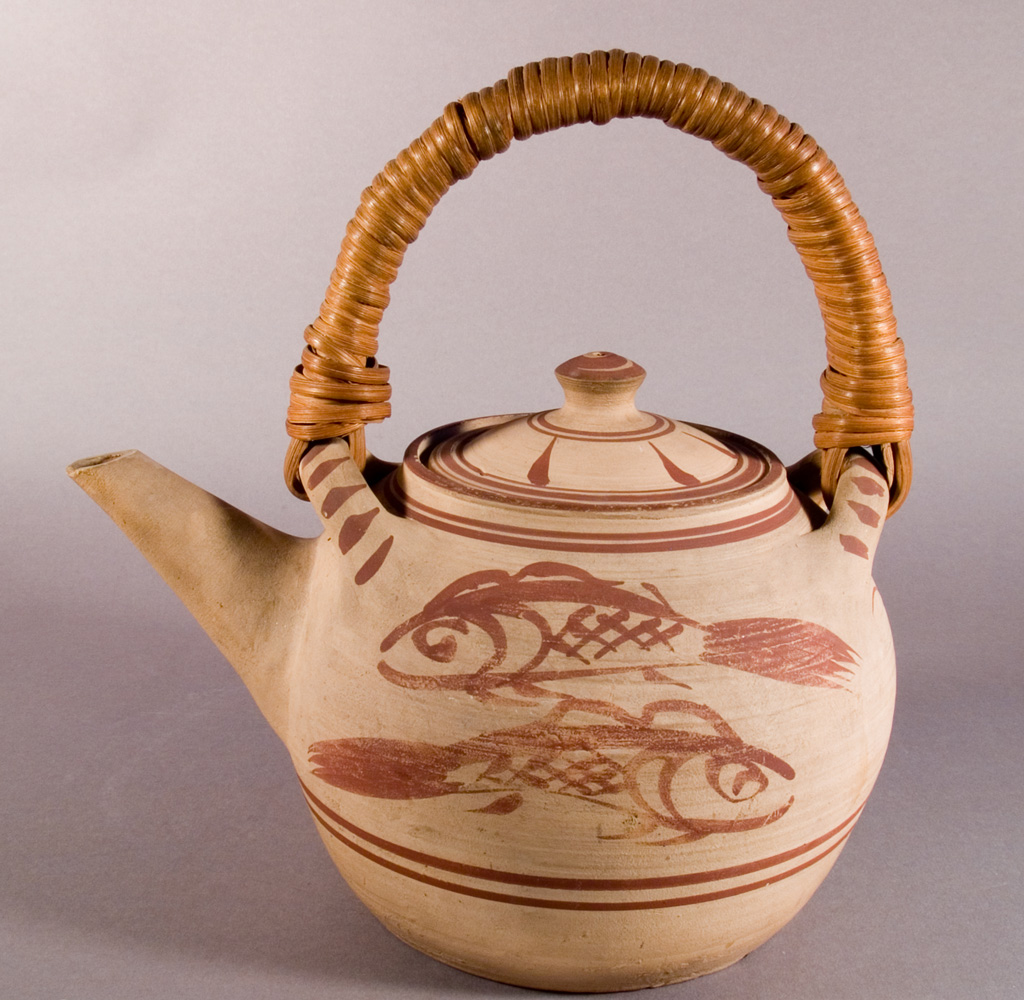
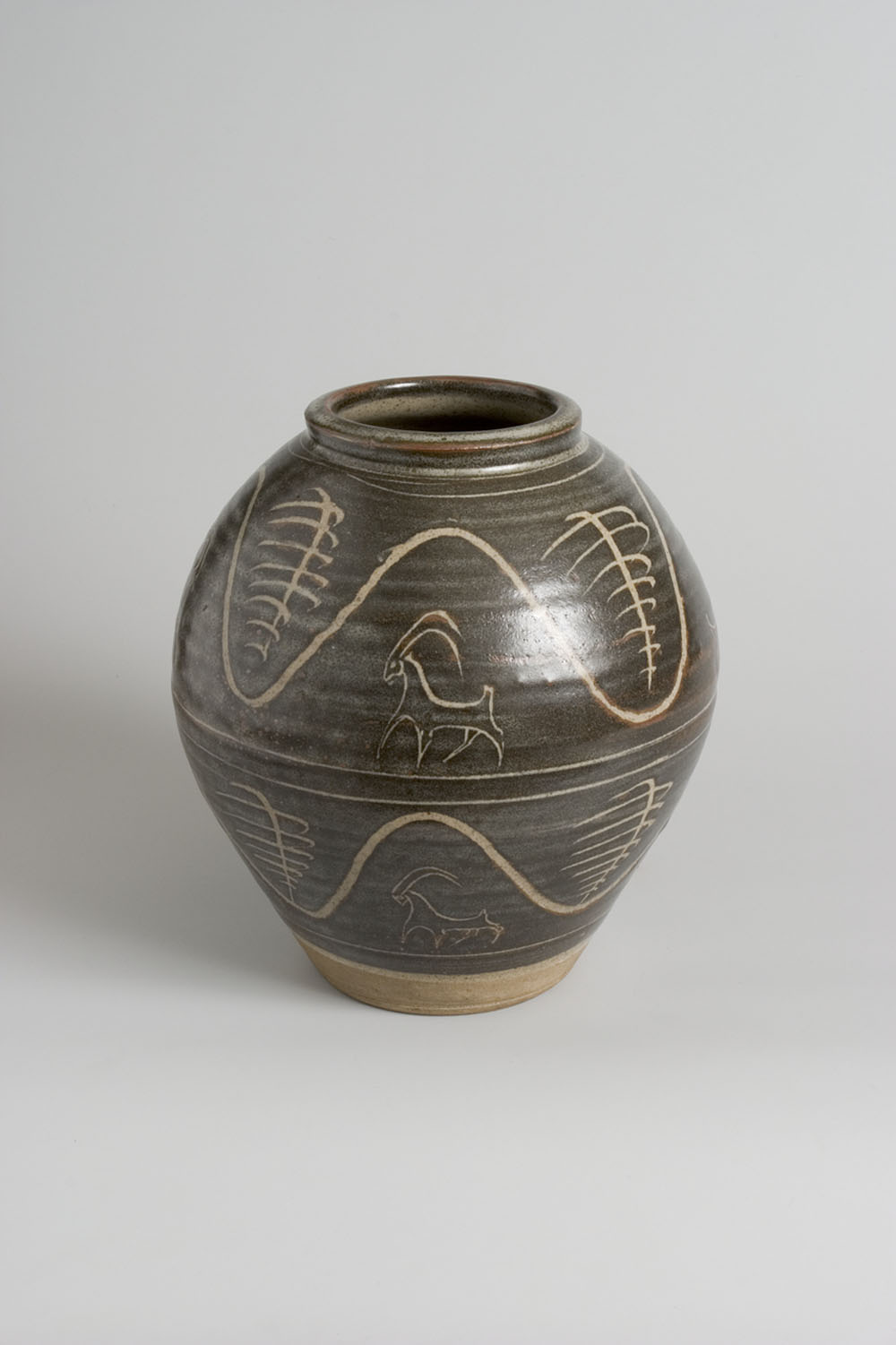
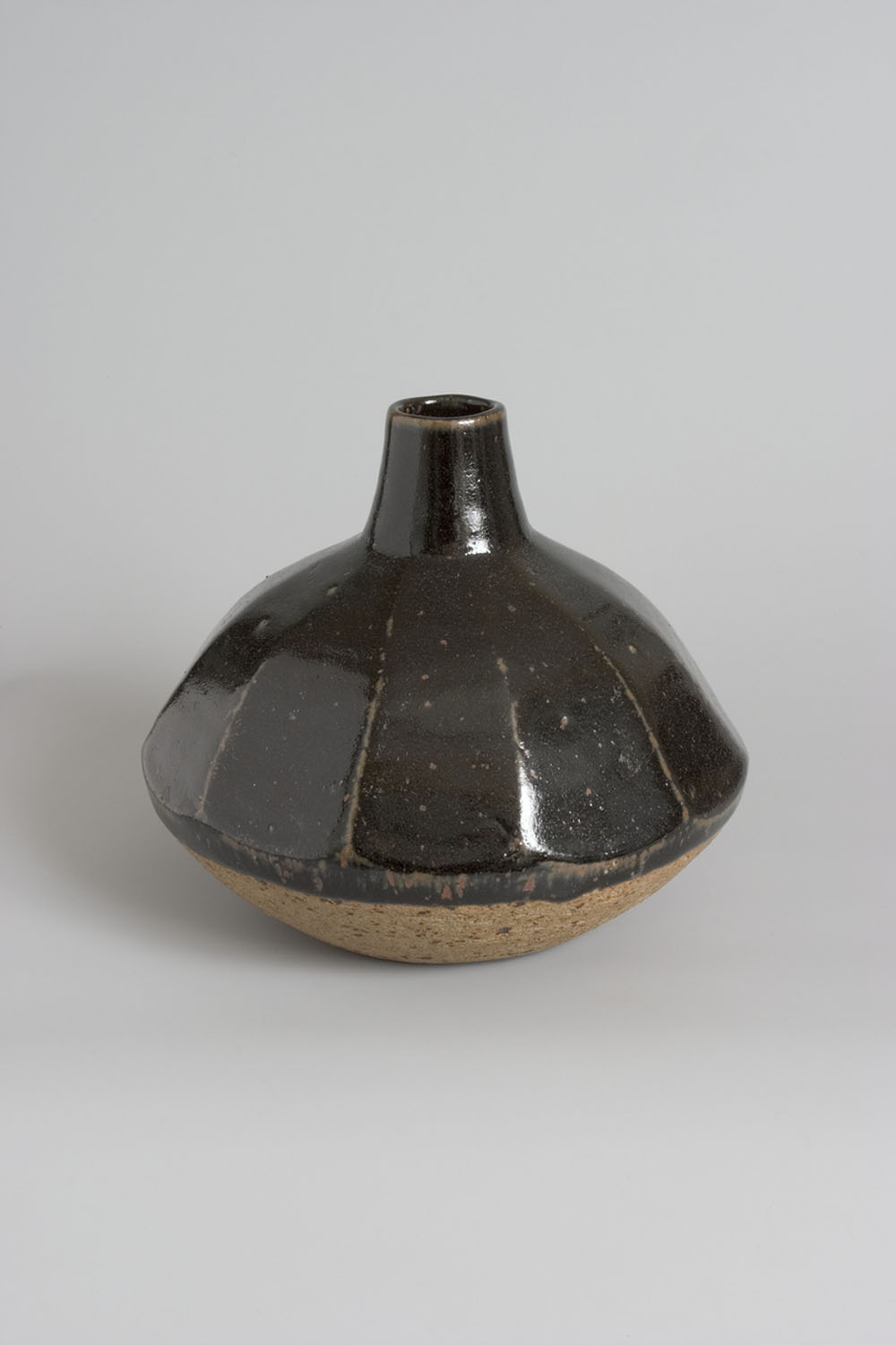
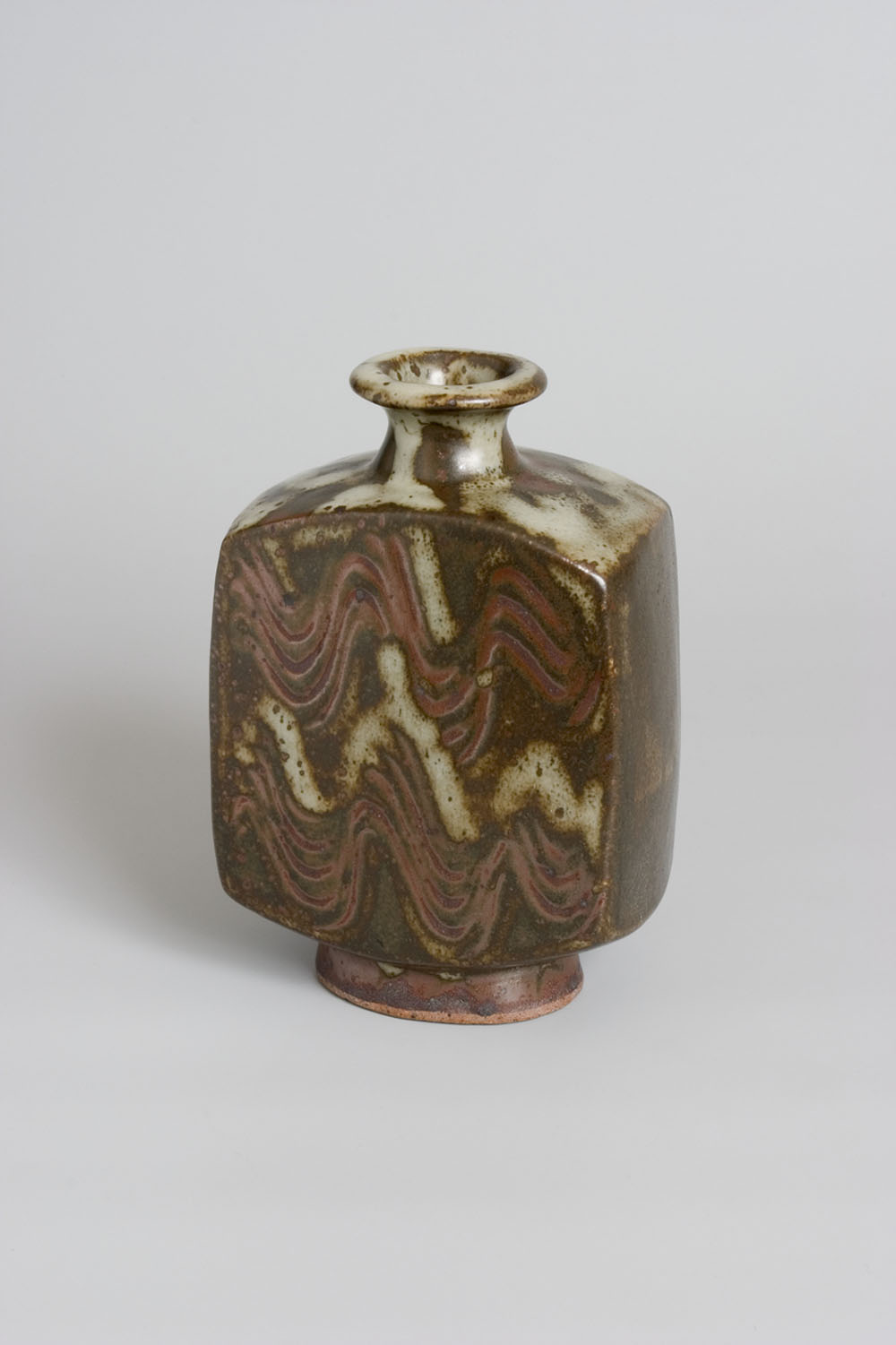

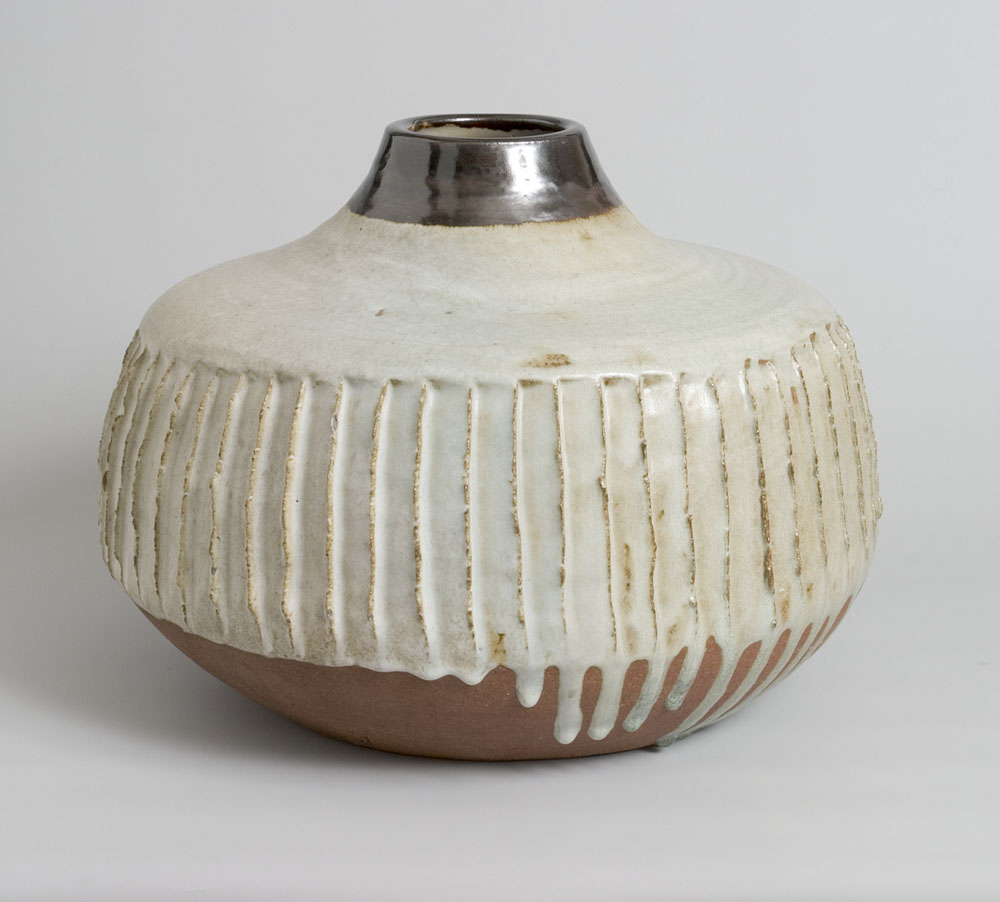
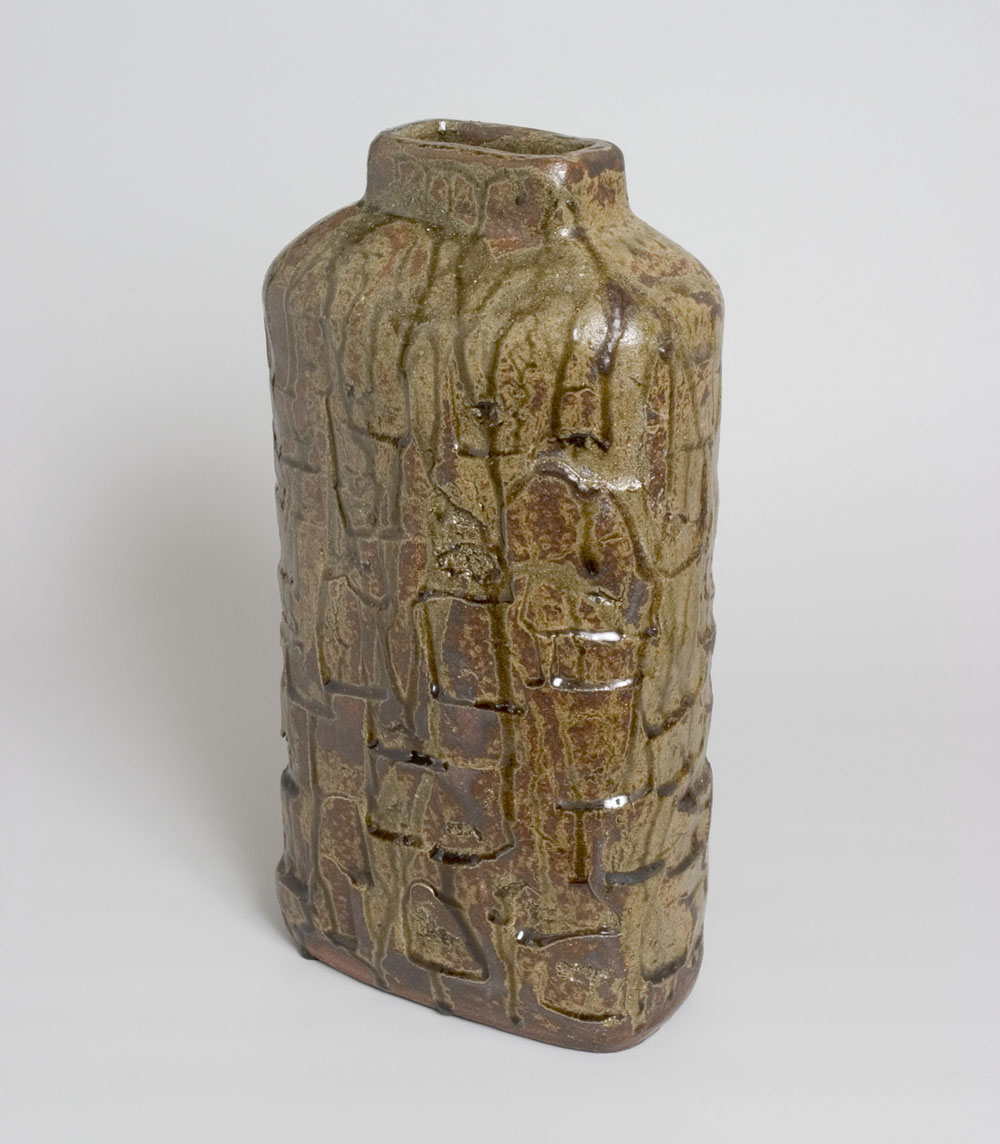
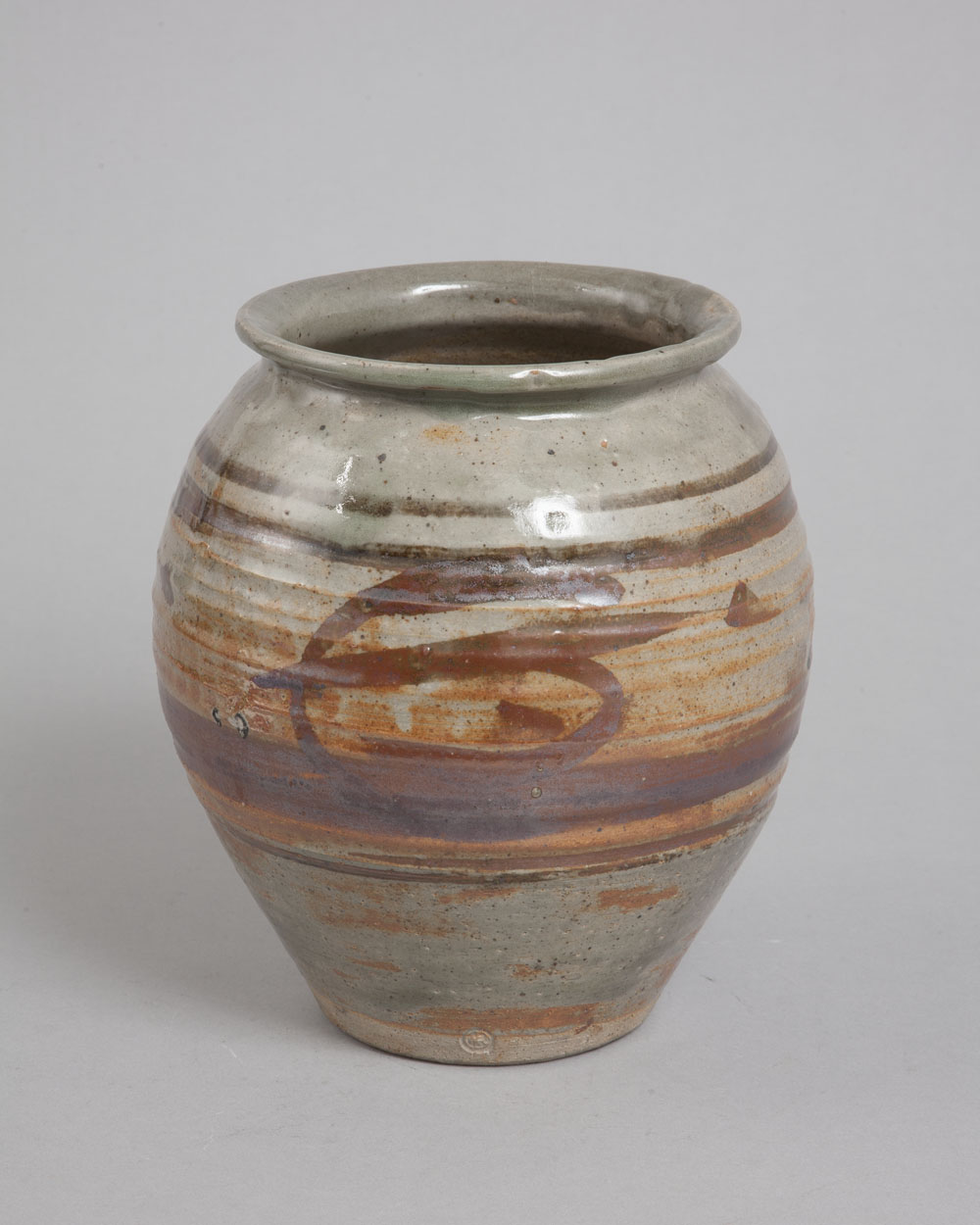
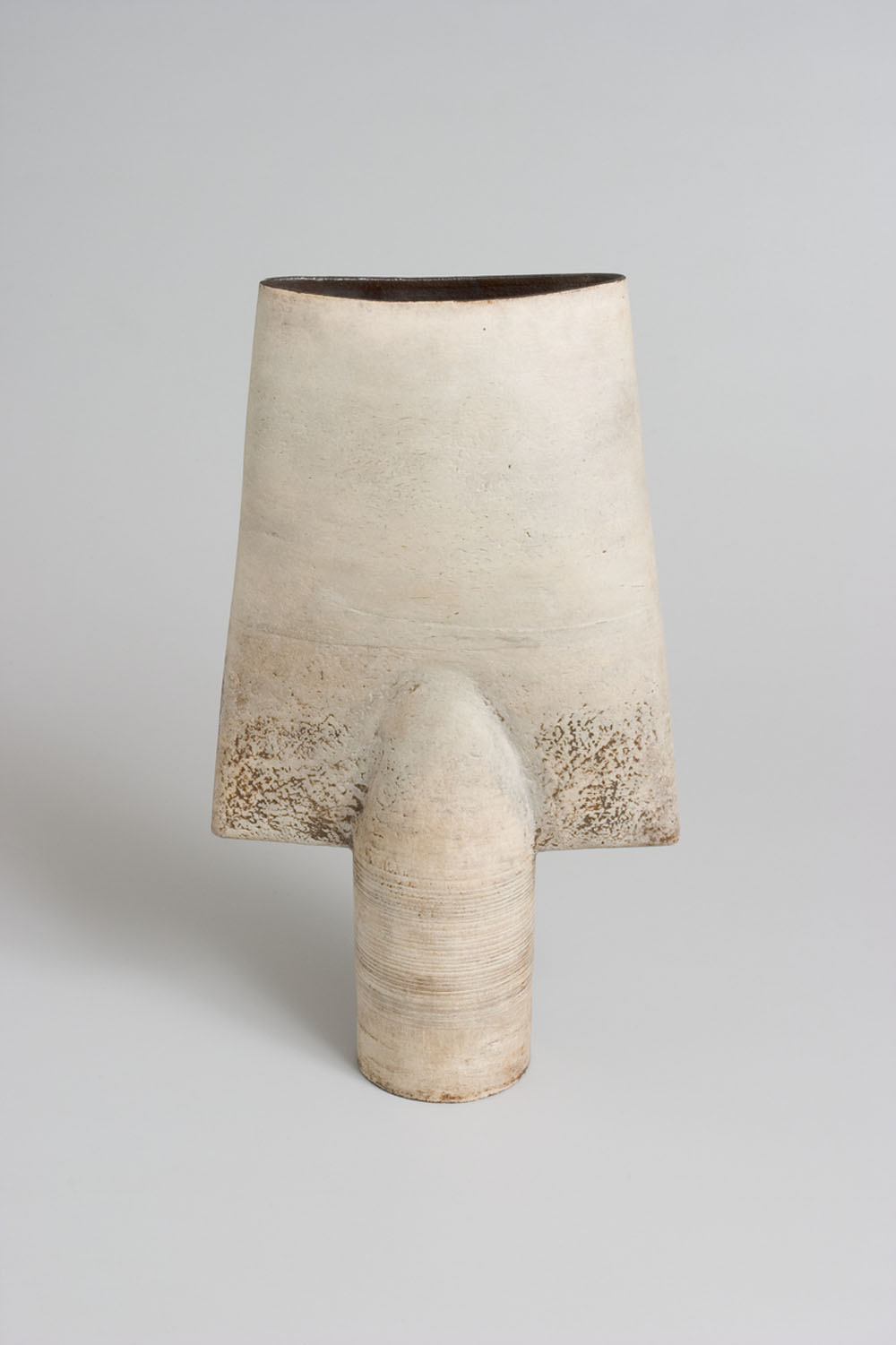



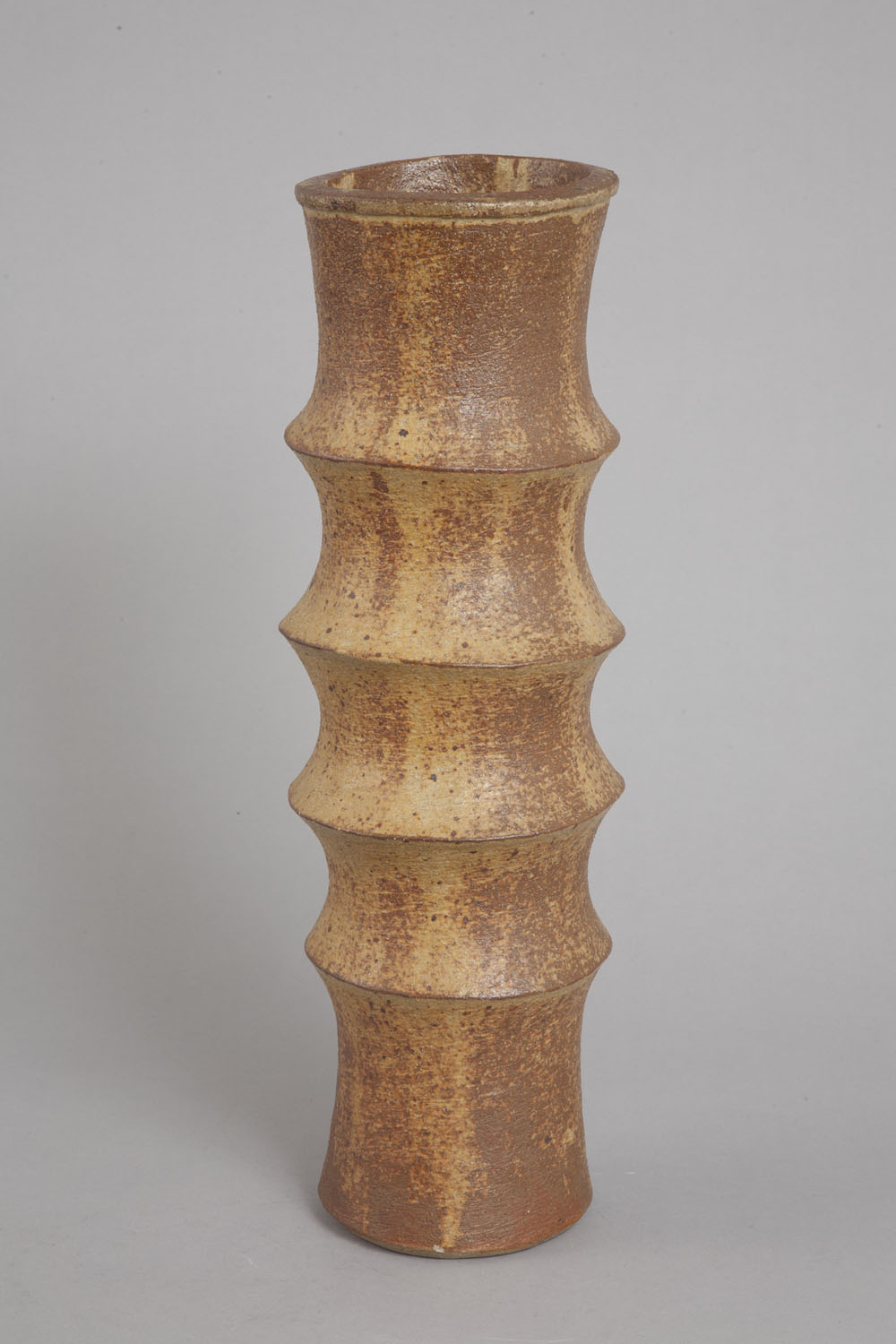
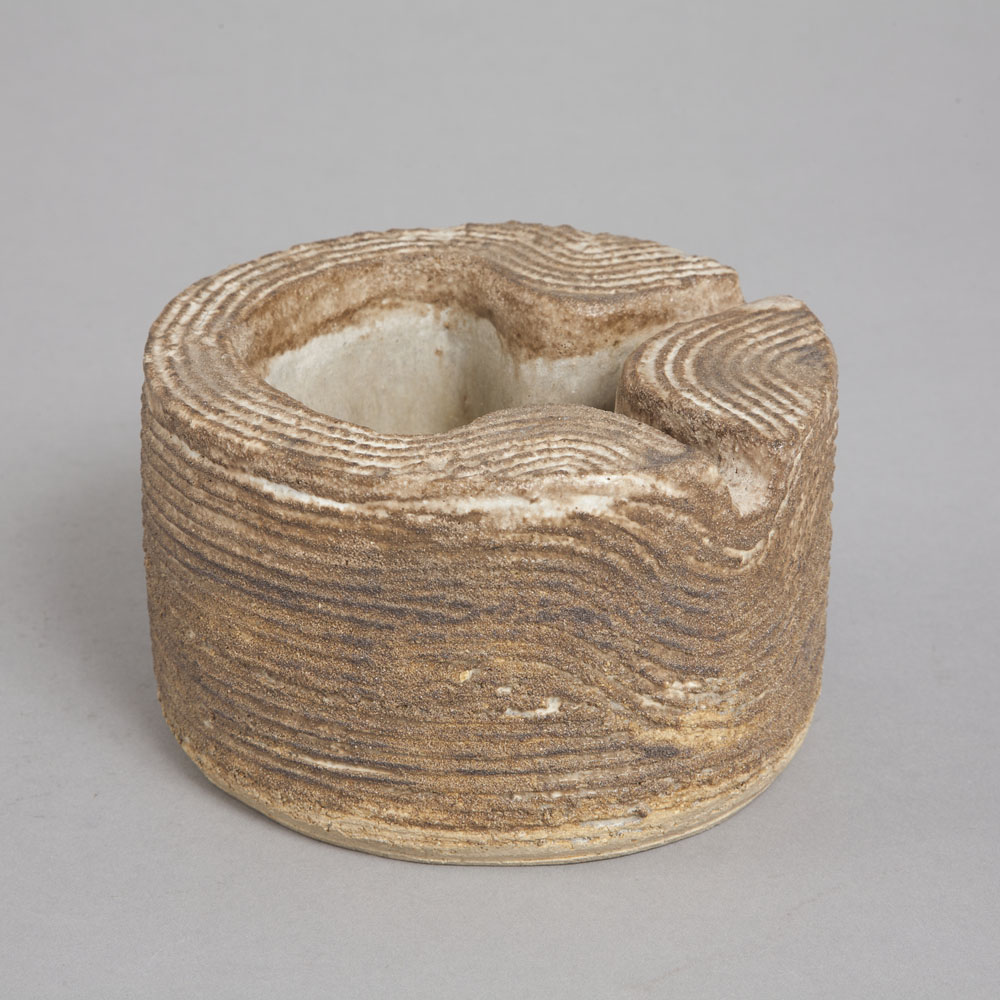
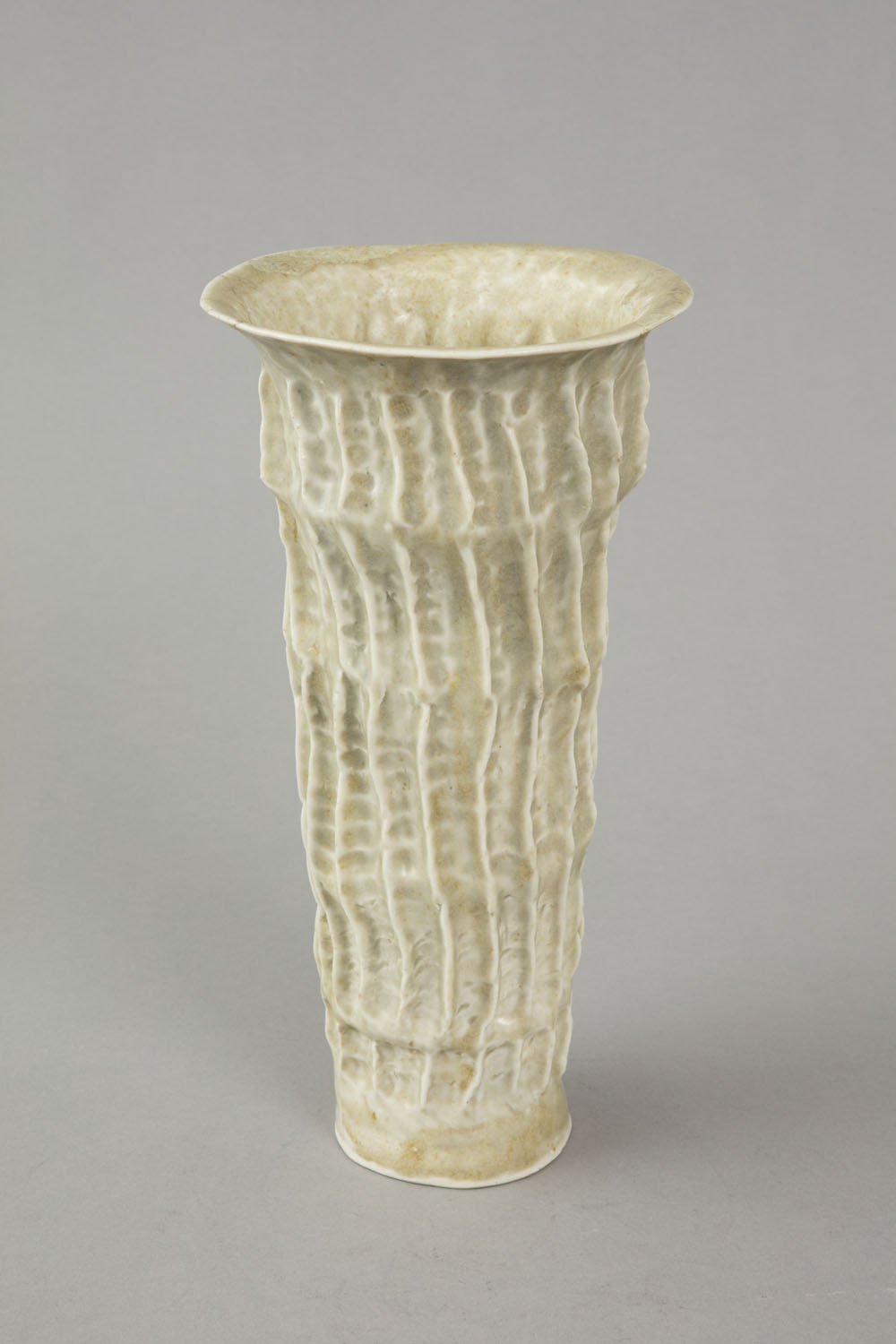

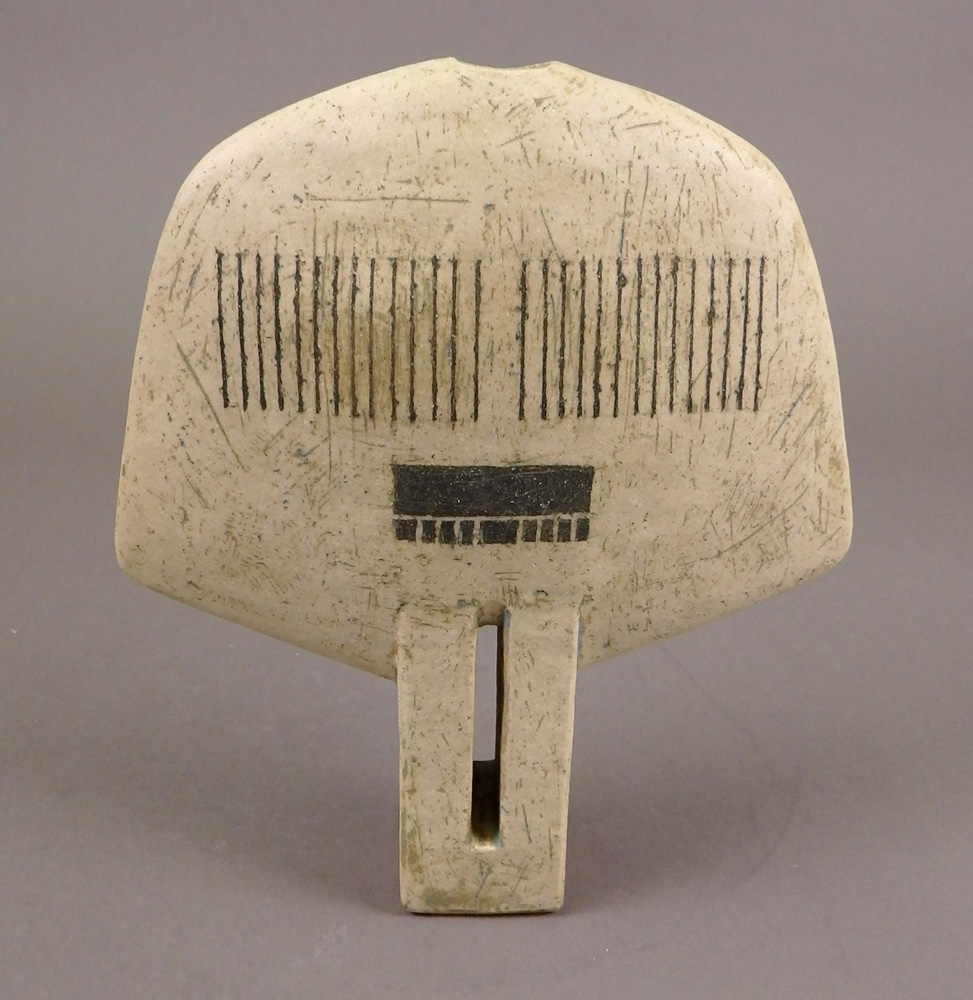
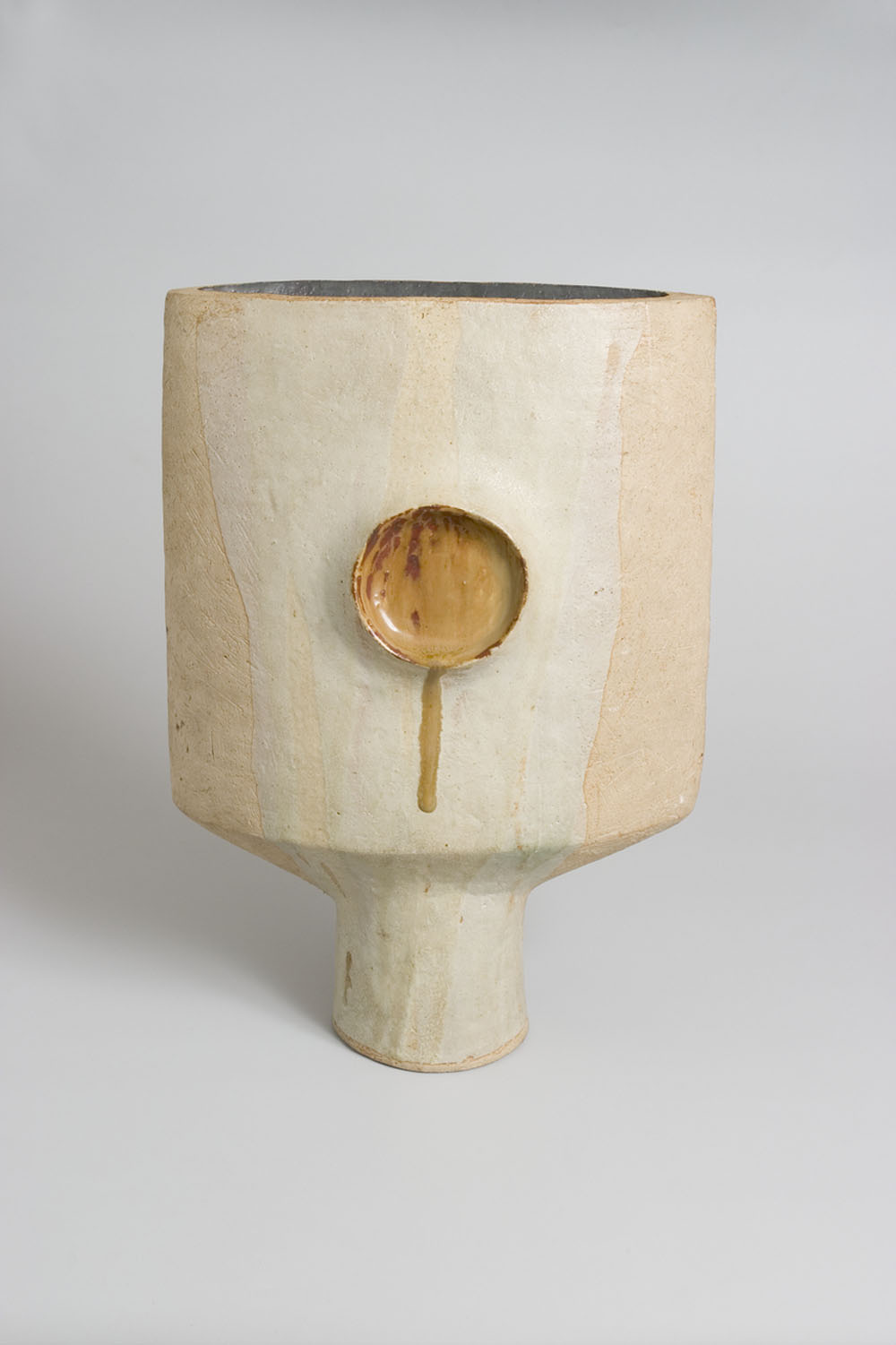
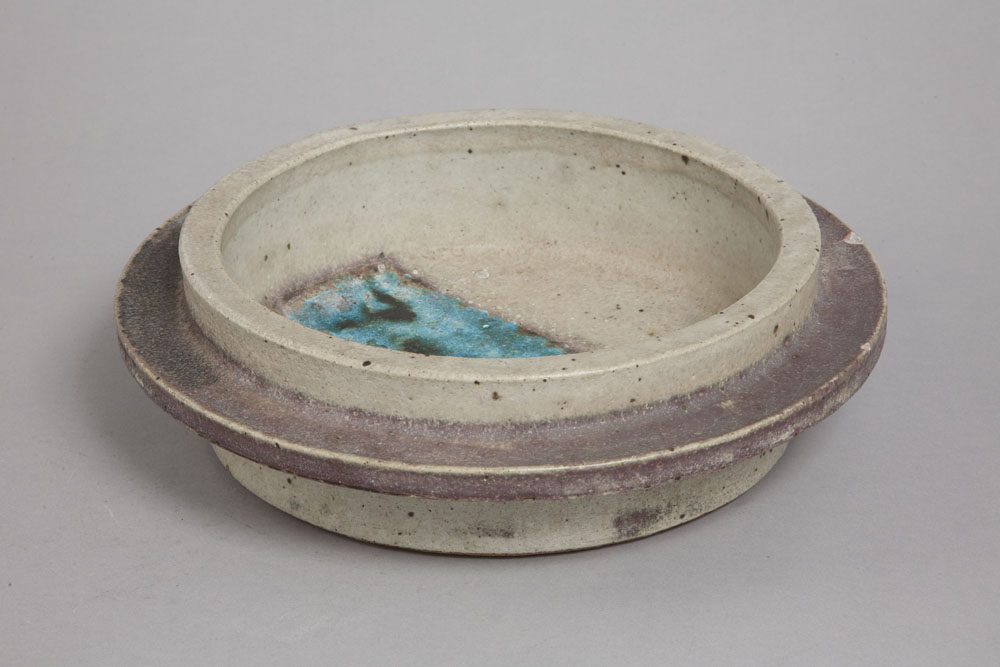
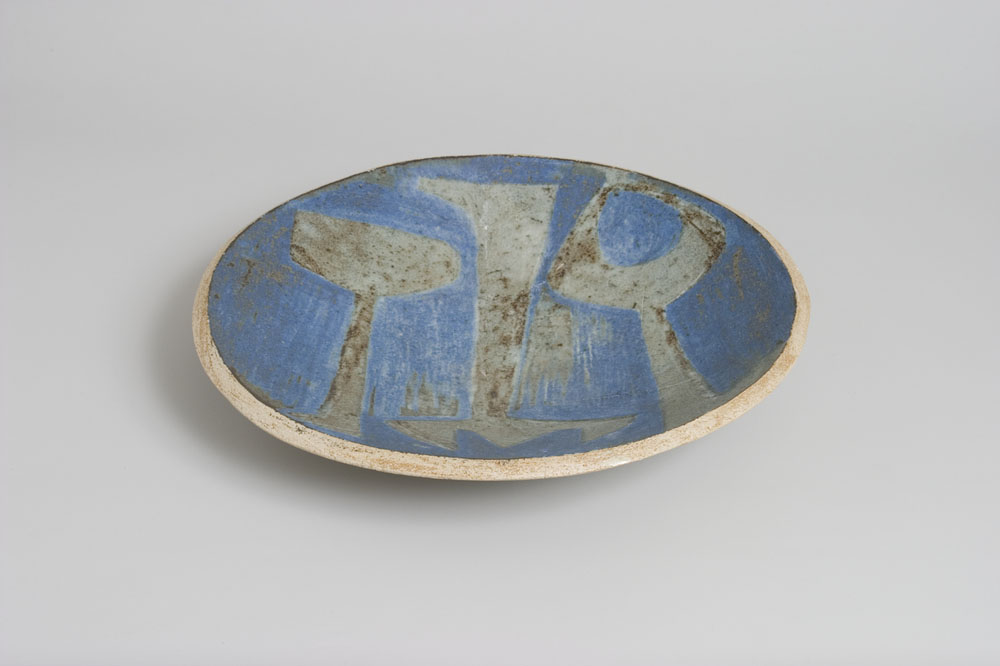
 Stoneware, press-moulded with brushed coloured glazes.
Stoneware, press-moulded with brushed coloured glazes.
